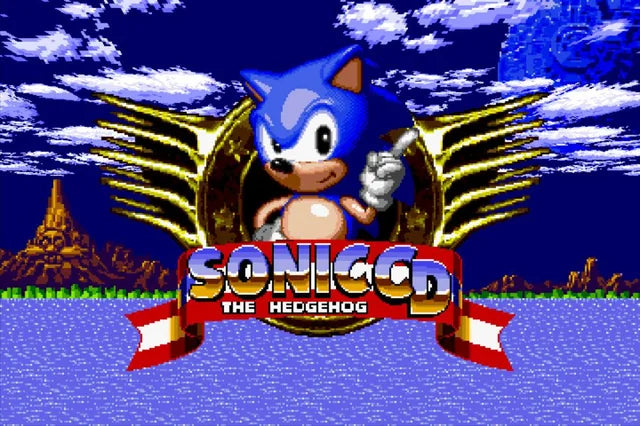
Sonic CD Full Review: Why This Game Is a Cult Game Among Fans
Share
874 mots | Temps de lecture : 4 minute(s)
Released in 1993 on the Sega CD , Sonic CD is often considered one of the most unique—and enigmatic—titles in the Sonic series. Between non-linear levels, time travel , a classic soundtrack, and the first appearance of Amy Rose and Metal Sonic , this game made history in the franchise. Here's a comprehensive look at what makes Sonic CD a favorite with the blue hedgehog's most loyal fans.
1. A particular technological context: the Sega CD
Sonic CD was designed to take advantage of the capabilities of the Sega CD , an add-on to the Mega Drive. This allowed for enhanced graphics, cartoon animation, and most importantly, CD-quality music.
- Developer: Sonic Team Japan (separate team from Sonic 2 in the US)
- Release Date: 1993 (Japan and North America)
- Original platform: Sega CD / Mega-CD
2. Gameplay based on time travel
The most notable feature of Sonic CD is its time travel system. Each area can be explored in four versions:
- Pass
- Here
- Future "bad"
- Future "good"
By activating a time panel and running for long enough without stopping, Sonic travels to another time. By destroying the robotic generators in the past, the player guarantees a peaceful future.
3. The introduction of Amy Rose and Metal Sonic
Sonic CD is also a cornerstone of the series' lore. It introduces for the first time:
- Amy Rose (aka Rosie the Rascal), Sonic's romantic admirer
- Metal Sonic , Sonic's mechanical double, now emblematic of the saga
Their confrontation on Stardust Speedway remains cult and was reinterpreted in Sonic Generations and Sonic Mania .
4. Two soundtracks, two atmospheres
Unusually for the time, Sonic CD featured two very different soundtracks in different regions. This divergence created a real cultural divide among fans.
| Version | Musical style | Composers | Intro song |
|---|---|---|---|
| Japan / Europe | Jazz-funk, pop, electro | Naofumi Hataya, Masafumi Ogata | “ You Can Do Anything ” (Toot Toot Sonic Warrior) |
| North America | Ambient, synth, experimental | Spencer Nilsen, David Young | " Sonic Boom " |
Both OSTs are now cult classics, often remixed by fans or performed at official Sega concerts.
5. Level design: freedom or chaos?
The game's emphasis on vertical exploration rather than pure speed has divided players:
- Some welcome the open and creative approach
- Others criticize the readability, lack of rhythm and confusion
This level design, however, perfectly supports the concept of time travel, by encouraging the search for the right paths to switch to the past.
6. Majin Sonic: A Cult Mystery
In a Japanese version of the game, a hidden debug screen displays a creepy face with the word " MAJIN " written on it. This face, a mix of Sonic's and a human's, has become an urban legend .
- Actual explanation: simple joke from a developer (Majin being his nickname)
- Theories: "Demon Sonic", ancestor of Sonic.EXE, etc.
- Consequence: Majin Sonic has become a recurring meme in fangames and creepypasta
7. Influence on Sonic Mania and fangames
Sonic CD was largely inspired by Sonic Mania :
- Stardust Speedway is recreated with its duel against Metal Sonic
- The time distortion effects and psychedelic palette are reminiscent of CD ambiance
- Many levels use similar multi-path logic
The fangame community (like Time Twisted or Encore Engine ) also takes up the game's temporal mechanics or psychedelic aesthetics.
FAQ – Sonic CD
-
What is the difference between Sonic CD US and JP?
Mainly the soundtrack : the Japanese version is more dynamic, the American version more atmospheric. The content is identical. -
Does time travel change gameplay?
Yes: Destroying generators in the past guarantees a good future , which changes the appearance, music, and outcome. -
Where does Sonic CD fit in the timeline?
It takes place between Sonic the Hedgehog 1 and Sonic 2 .
Conclusion
Sonic CD is a game apart in the saga: its unique aesthetic, unconventional gameplay , cult characters and unique soundtrack have made it a niche classic that has become a must-have. It continues to fascinate with its risk-taking, experimental atmosphere and its desire to push the boundaries of the 2D platformer. A game that proves that the Sonic series is not just about running straight ahead... but also about traveling through time .
D'autres articles similaires:
-
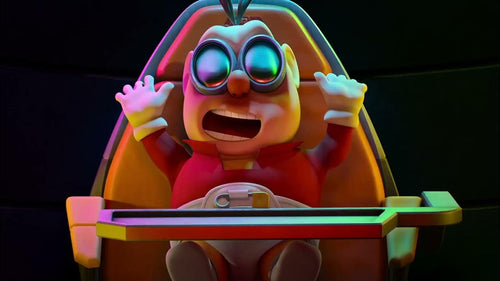
Dr. Babble in Sonic Prime: The youngest brain of the Chaos Council
-

Dr. Done-It: The Genius Emeritus (and Oldest) of the Chaos Council in Sonic Prime
-
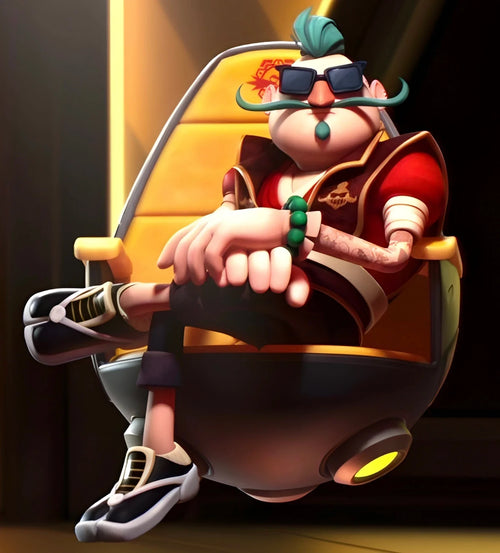
Dr. Deep: The Philosopher Poseur of the Chaos Council in Sonic Prime
-
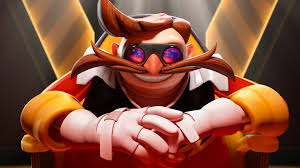
Mr. Dr. Eggman: Sonic Prime's Main Antagonist Decrypted
-
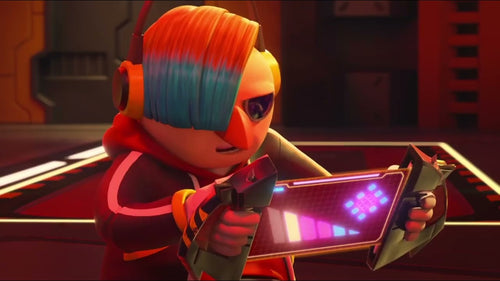
Dr. Don't: Sonic Prime's Teenage Antagonist Who Reinvents the Sonic Universe
-
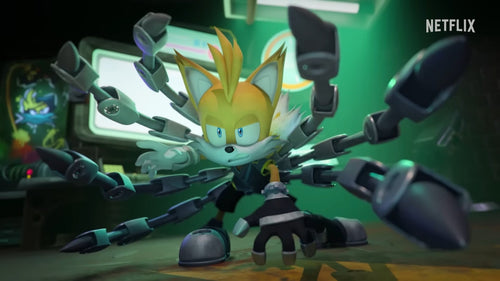
Tails Nine: The Cybernetic Fox Who Revolutionized the Sonic Universe
-
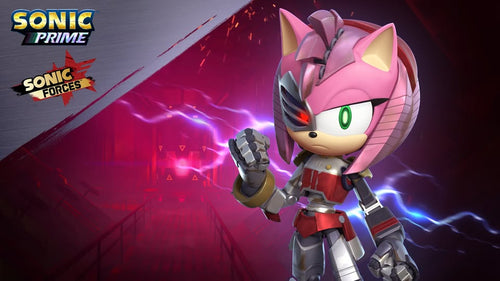
Rusty Rose: The Cybernetic Version of Amy Rose in Sonic Prime
-
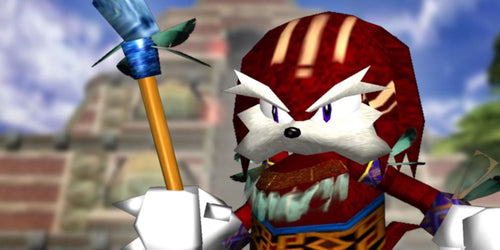
Pachacamac: The Echidna Chief Who Marked the Sonic Saga
-
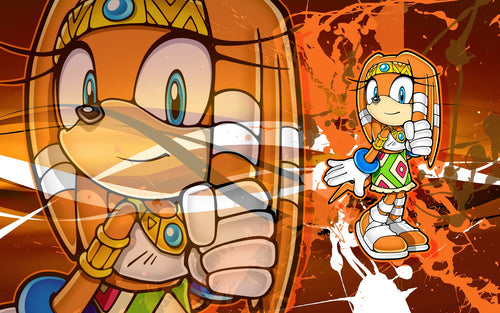
Tikal the Echidna: Complete Guide to Sonic's Mystical Character
-
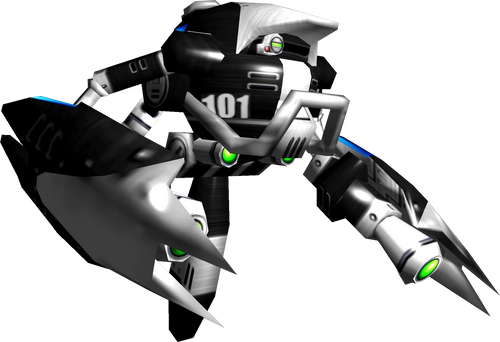
E-101 Beta: The Forgotten Older Brother of the E-100 Series in Sonic Adventure
-
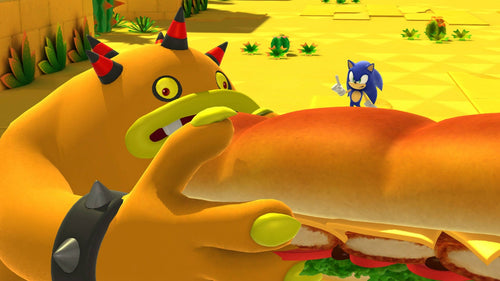
Zomom: Everything you need to know about the greedy giant of the Deadly Six in Sonic
-
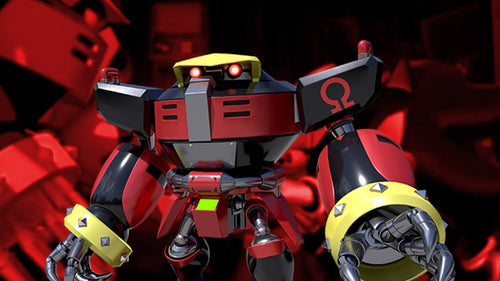
E-123 Omega: The Iconic Destroyer Robot of the Sonic Universe
-
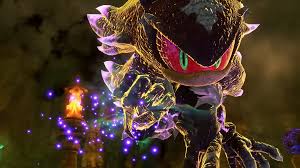
Mephiles The Dark: The Most Terrifying Antagonist in the Sonic Universe
-

Top 10 Most Iconic Songs from the Sonic Universe: A Musical Odyssey Through 30 Years of Adventure
-
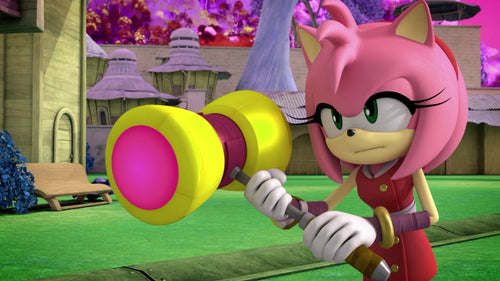
The Piko Piko Hammer: Amy Rose's Iconic Weapon in the Sonic Universe
-
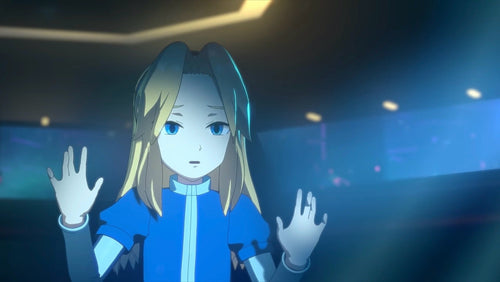
The Mystery of Maria Robotnik's Disappearance: A Tragedy That Shaped the Sonic Universe
-
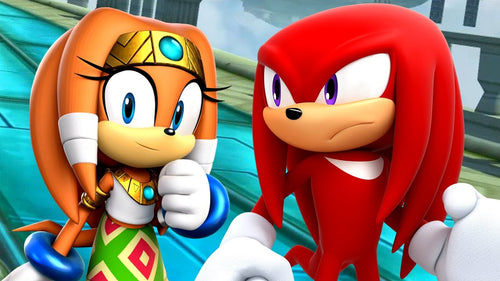
Tikal and Knuckles: Reincarnations or Heirs to a Mystical Lineage?
-
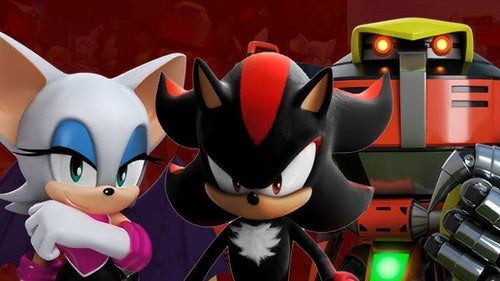
The Complex Relationships Between Shadow, Rouge, and Omega: An In-Depth Analysis of Sonic's Iconic Trio
-
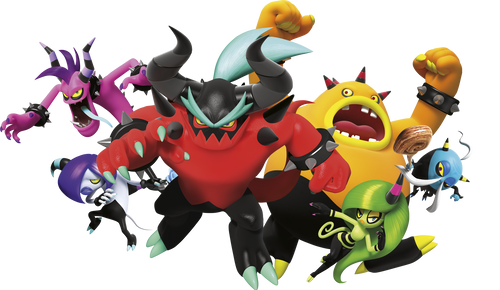
Sonic the Hedgehog: Deadly Six, Team Dark, Egg Bosses, and Their Secret Tactics
-
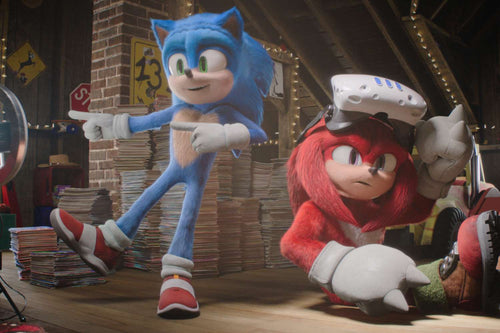
The History of the Sonic + Knuckles Alliance Through the Games: From Rivals to Legendary Partners
-
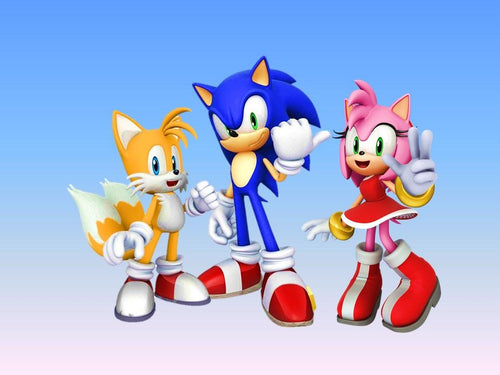
Team Sonic: The Best Trios that Marked the Saga (Heroes, Rivals, Forces, etc.)
-
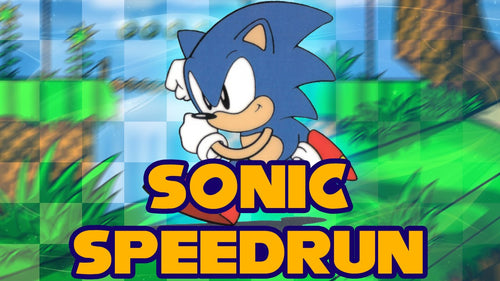
Sonic and Speedrunning: The Most Glitchy Games in the Saga
-
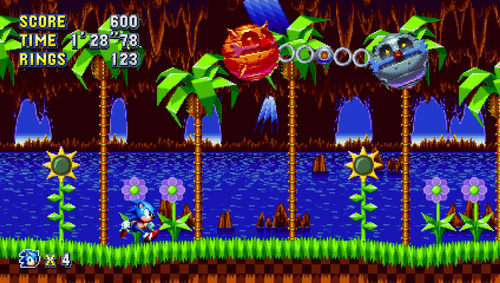
Why Sonic Mania's physics engine is a technical and nostalgic success
-
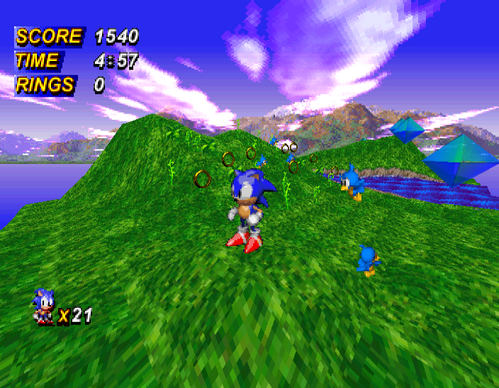
Sonic Extreme: The Unreleased Saturn Game That Could Have Revolutionized the Franchise
-
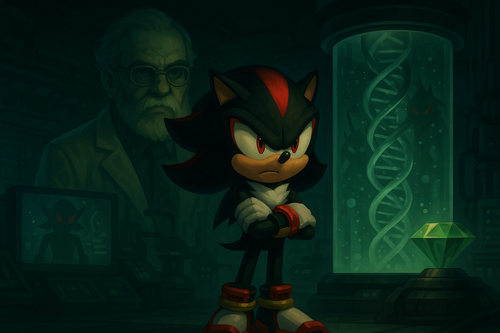
The Ultimate Weapon: Gerald Robotnik, Shadow and the Shadow Project
-
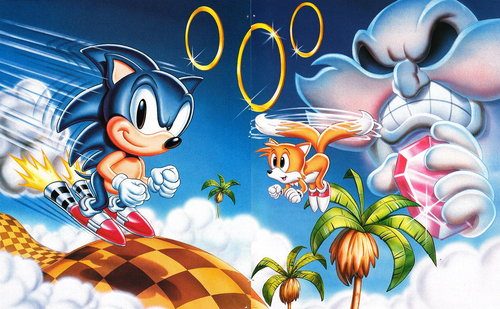
Sonic's Different Parallel Universes: A Journey Through Comics, Games, and Cartoons
-
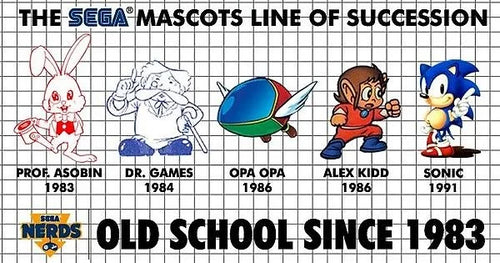
The different SEGA mascots before Sonic: why him?
-
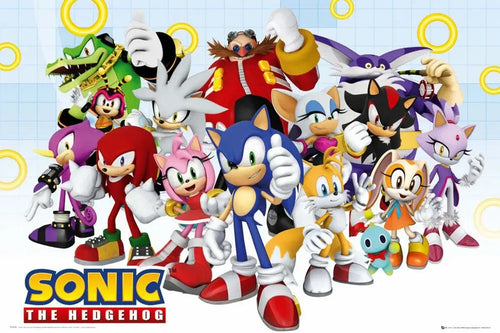
The Forgotten Characters of the Sonic Universe: Between Abandoned Concepts and Missed Opportunities
-
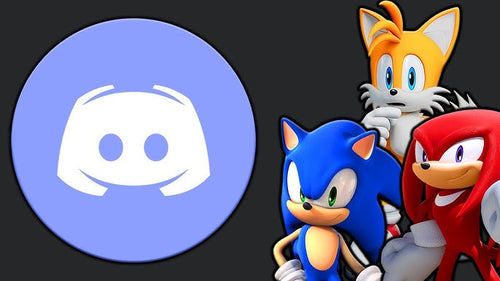
The largest Sonic fan communities: forums, Discord, wikis…
-
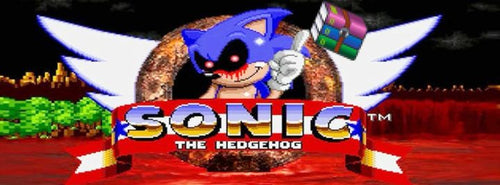
Sonic.EXE: Analysis of the legendary creepypasta
-
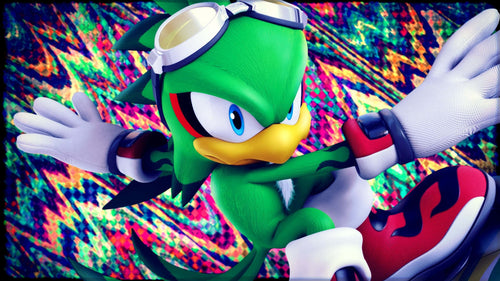
Jet the Hawk: the king of the slide in the Sonic universe
-
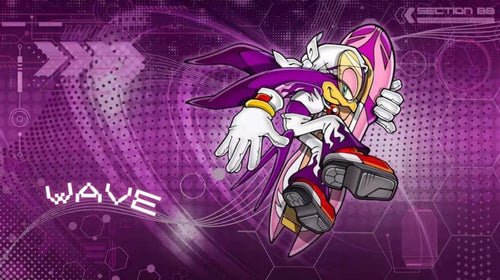
Wave the Swallow: the Babylon Rogues' mechanic in the Sonic universe
-
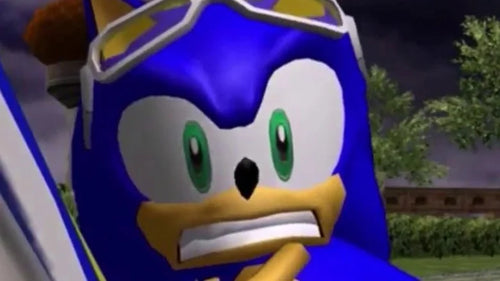
Theories about the real origin of Sonic and his powers
-
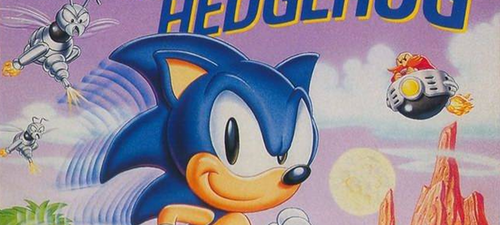
Sonic's appearances in other Sega or Nintendo games
-
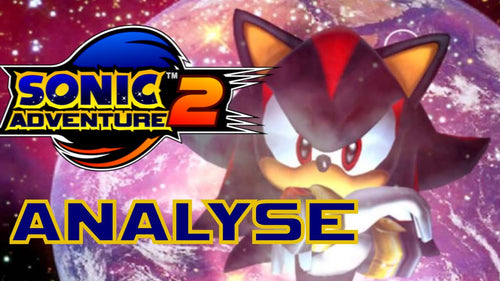
Lore Analysis in Sonic Adventure & Sonic Adventure 2
-
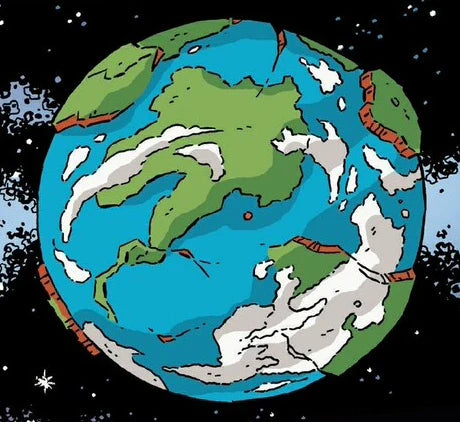
Mobius: The World of Sonic, its zones, cities and mysteries
-
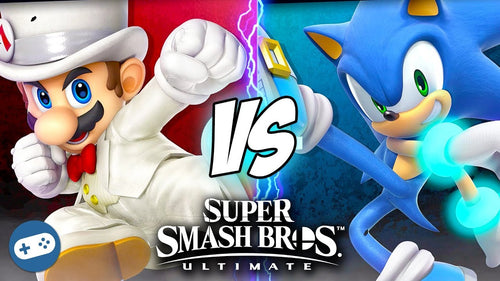
Sonic in Super Smash Bros.: Gameplay, Rivalry with Mario, Influence
-
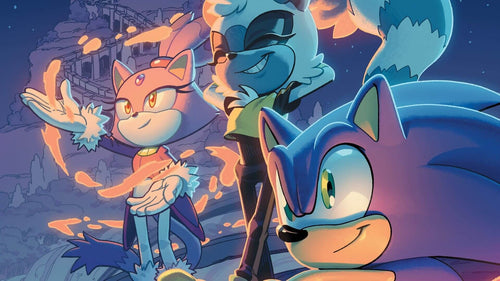
Sonic Comics: Archie, IDW and Their Contributions to the Universe
-
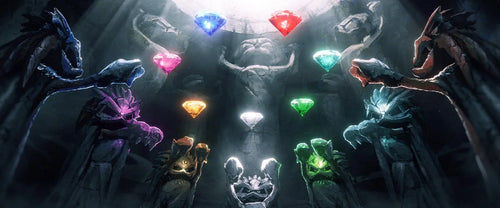
Chaos Emeralds: Origin, Powers and Uses in Games
-
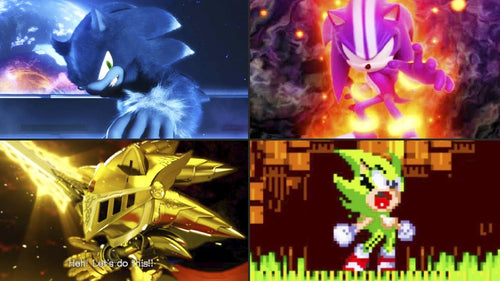
Sonic Transformations: Super Sonic, Dark Sonic, Werehog and more
-
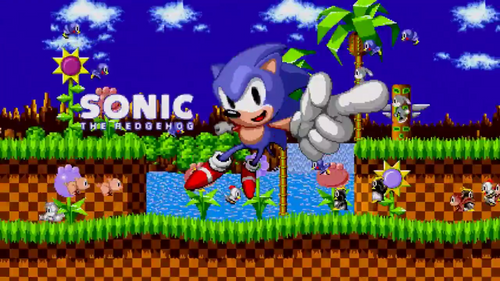
Cancelled or Never Released Sonic Games: What We Know
-
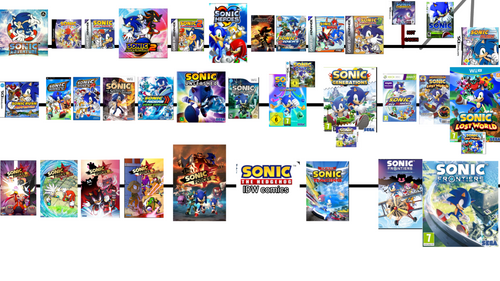
Complete Sonic Games Timeline: 1991 to Present
-
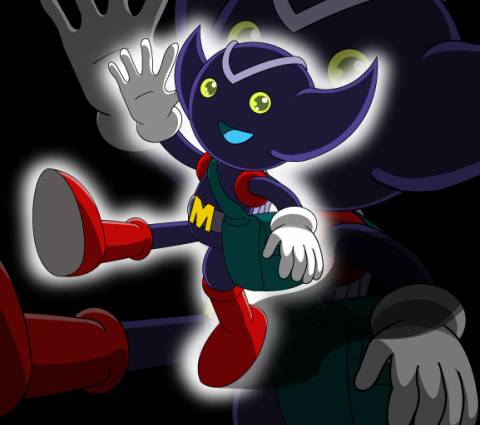
Bokkun: Dr. Eggman's explosive messenger in Sonic X
-
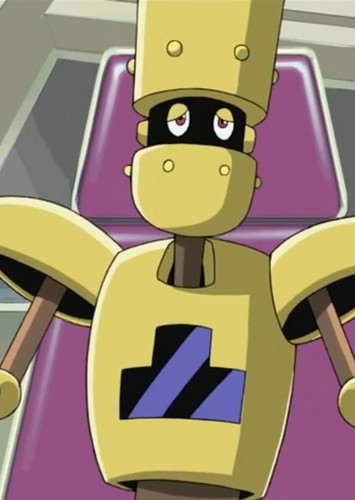
Decoe: Dr. Eggman's loyal (and clumsy) assistant in Sonic X
-
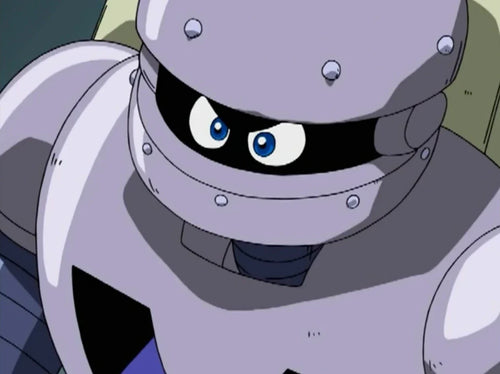
Bocoe: Dr. Eggman's loyal and comical servant in the Sonic universe
-
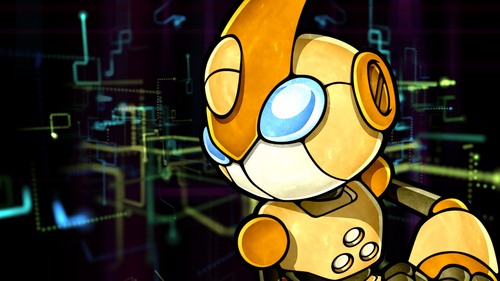
Emerl: The evolving robot with a tragic destiny from the Sonic universe
-
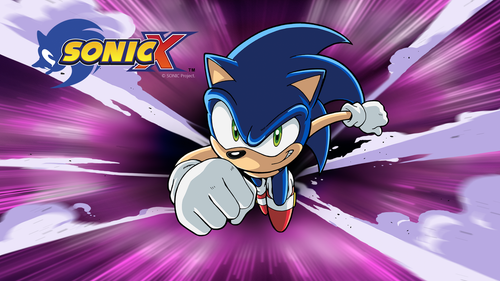
Sonic X: The cult cartoon of the blue hedgehog
-
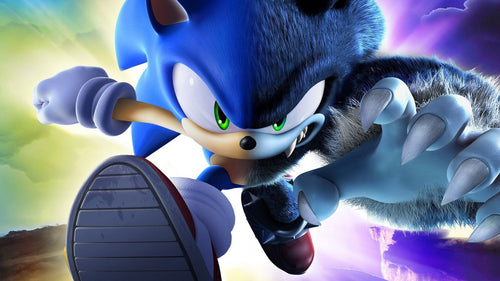
Sonic the Werehog: The bestial face of the blue hedgehog
-
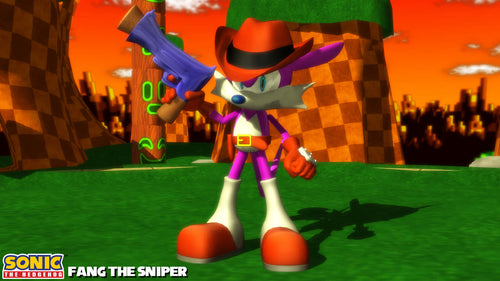
Fang the Hunter: The bounty hunter of the Sonic universe

















































